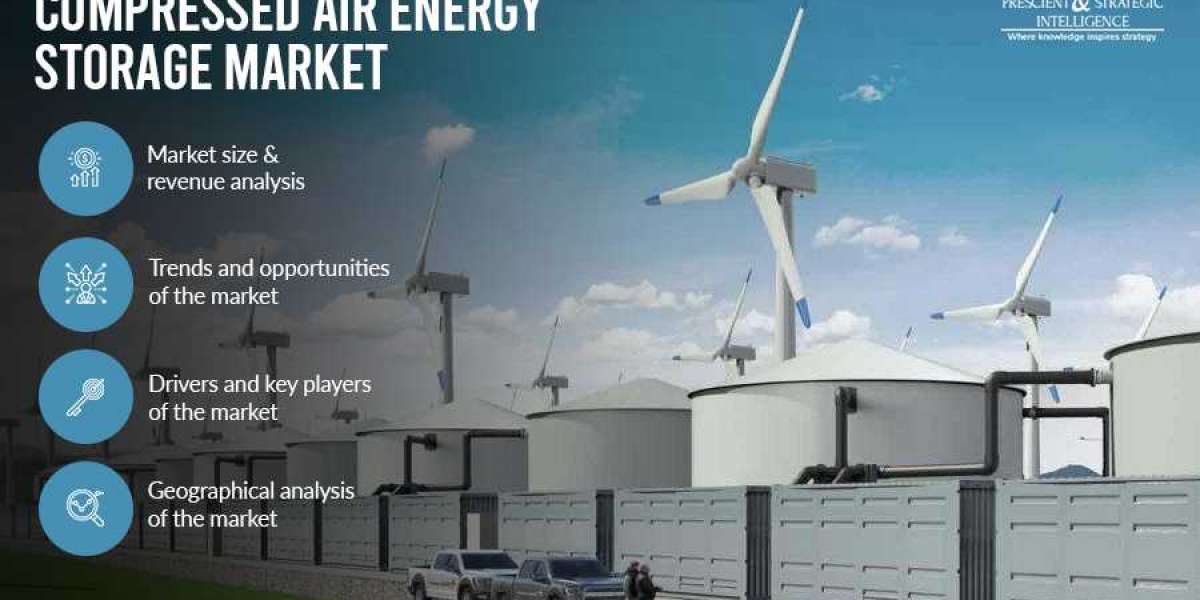Compressed air energy storage (CAES) is used for storing the generated energy so that it can be used later. The utility sector uses this method for releasing the energy produced during periods of low demand (off-peak) in the periods of higher demand or peak load periods. In the CAES facilities, ambient air or some other gas is compressed and then stored under high pressure in a container that is kept underground. When power is required, this air is heated and made to undergo expansion in a turbine, which in, turn, drives the generator for producing power.
Apart from the surging energy requirements in several countries, the increasing concerns being raised over the pollution caused due to the large-scale usage of fossil fuels for power generation is also fueling the rise in the adoption of compressed air energy storage systems across the world. For example, “the International Energy Association (IEA) estimated that, in order to keep global warming below 2 °C, the world is expected to require 266 GW of energy storage by 2030, up from 176.5 GW in 2017”.
According to the findings of Bloomberg New Energy Finance, at the current rate of energy storage across the globe, the energy storage industry will reach its storage targets and expand rapidly to a cumulative capacity of 942 GW in 2040. Thus, with the rapid advancement of the energy storage industry and the increasing focus on energy storage, the global compressed air energy storage (CAES) market will exhibit substantial growth over the next few years.







